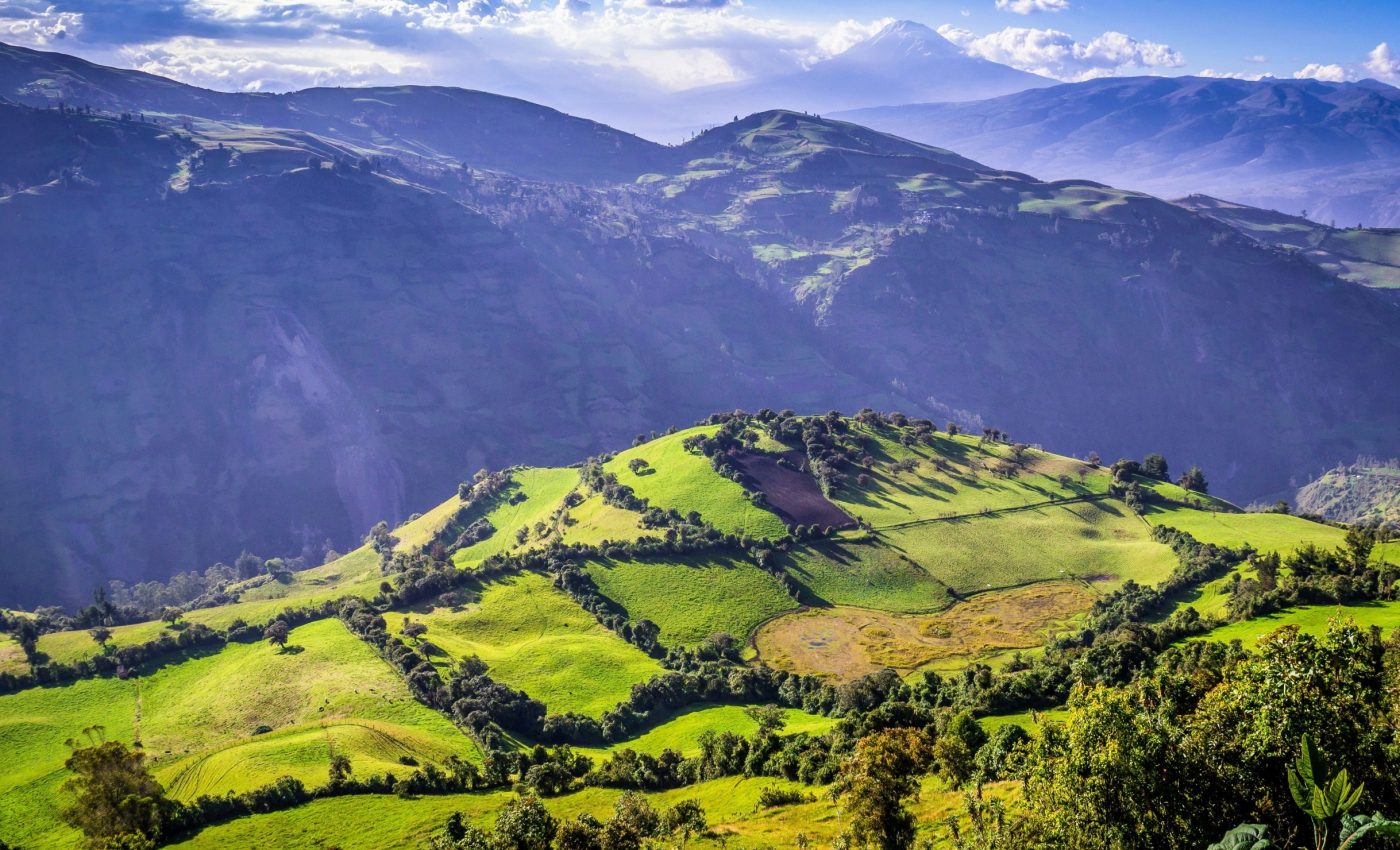
Did the Centinela mass extinction really happen?
One of the most dramatic environmental cautionary tales from the 1980s centers on the cloud forests of the Centinela range in coastal Ecuador.
Reports indicated that approximately 90 species of plants, many unknown to science and found nowhere else on Earth, were wiped out when the forests were cleared for agriculture.
This event has since fueled campaigns for rainforest conservation. However, a recent study reveals that the alleged mass extinction may never have occurred.
Research challenges extinction claims
A team of international botanists has found that the plants once thought extinct in Centinela are, in fact, still thriving in fragments of Ecuador’s forests. Dawson White, a postdoctoral researcher at Harvard University, explained the surprising findings.
“It’s a miracle. Many of Centinela’s plants are still on the brink of extinction, but fortunately the reports of their demise were exaggerated. There’s still time to save them and turn this story around.”
The researchers found no solid proof of any extinctions but ample evidence that many of the species presumed lost still exist in the remaining patches of the region’s forest.
Why were earlier estimates wrong?
Earlier researchers overestimated the extinction threat due to limited data. They collected numerous new species with little understanding of the global distribution of plant life in the world’s most diverse forests.
In the decades since those initial collections, more than 50 new species have been identified, and many plants presumed extinct at Centinela have been found elsewhere in South America.
Of the original 90 species thought to have disappeared, only one has not yet been rediscovered.
“Understanding which plants are growing in a given Andean cloud forest is a monumental task because you will undoubtedly find new species,” White explained.
“What our investigation highlights is that it takes decades of work from taxonomic experts to describe new species in such forests.”
“And only once we have names for these species that are then noted in our scientific networks can we begin to understand where else these plants grow and their risk of extinction.”
The role of herbaria in conservation
Ecuador’s extreme biodiversity, including over 20,000 plant species – 4,000 of which are endemic – makes it particularly challenging to monitor and conserve tropical ecosystems. The study emphasizes the critical role of herbaria in identifying and conserving plant species.
Juan Guevara from Universidad de Las Américas in Quito commented on their importance: “Herbaria give us the fundamental ‘what’ and ‘where’ of plant biodiversity. They’re the basis of everything we know about which plants are threatened with extinction.”
Rediscovering Centinela’s resilient ecosystem
In addition to revising the extinction story, the study revealed that Centinela’s forests are more resilient than originally thought.
Tiny fragments of the original forest, previously overlooked, have been found to harbor species believed extinct, including Gasteranthus extinctus, a wildflower rediscovered in 2021.
These fragments are often less than an acre in size but are home to rare and astonishing plant life.
“They’re tiny islands lost in a sea of plantations, but they’re still full of astonishing plants,” said co-author Andrea Fernández, a botanist at Northwestern University and the Chicago Botanic Garden.
The team even discovered eight new species, including a rare canopy tree in the Cotton family, which faces immediate threats from logging. Efforts are underway to preserve this tree by collecting its seeds and growing them in botanic gardens.
Centinela’s future: A hub for conservation efforts
Once seen as a symbol of environmental loss, Centinela is now becoming a center of scientific research and conservation.
Local and international efforts are focused on protecting the remaining forest fragments, collecting seeds for reforestation, and mapping long-term strategies to safeguard this precious biodiversity.
Globally, Centinela’s story has inspired new conservation initiatives, including the use of satellite imagery by Planet Labs to aid in forest protection.
While this study offers hope for Centinela, the global biodiversity crisis remains critical. According to the IUCN Red List, over 45,000 species are threatened with extinction, including nearly half of amphibians and a quarter of all mammals.
“Plants in coastal Ecuador and a lot of other hard-hit places in the tropics are finding a way to hang on,” said co-author Nigel Pitman, a scientist at the Field Museum. “We’ve still got time to act before they’re gone forever.”
The study is published in the journal Nature Plants.
—–
Like what you read? Subscribe to our newsletter for engaging articles, exclusive content, and the latest updates.
Check us out on EarthSnap, a free app brought to you by Eric Ralls and Earth.com.
—–













